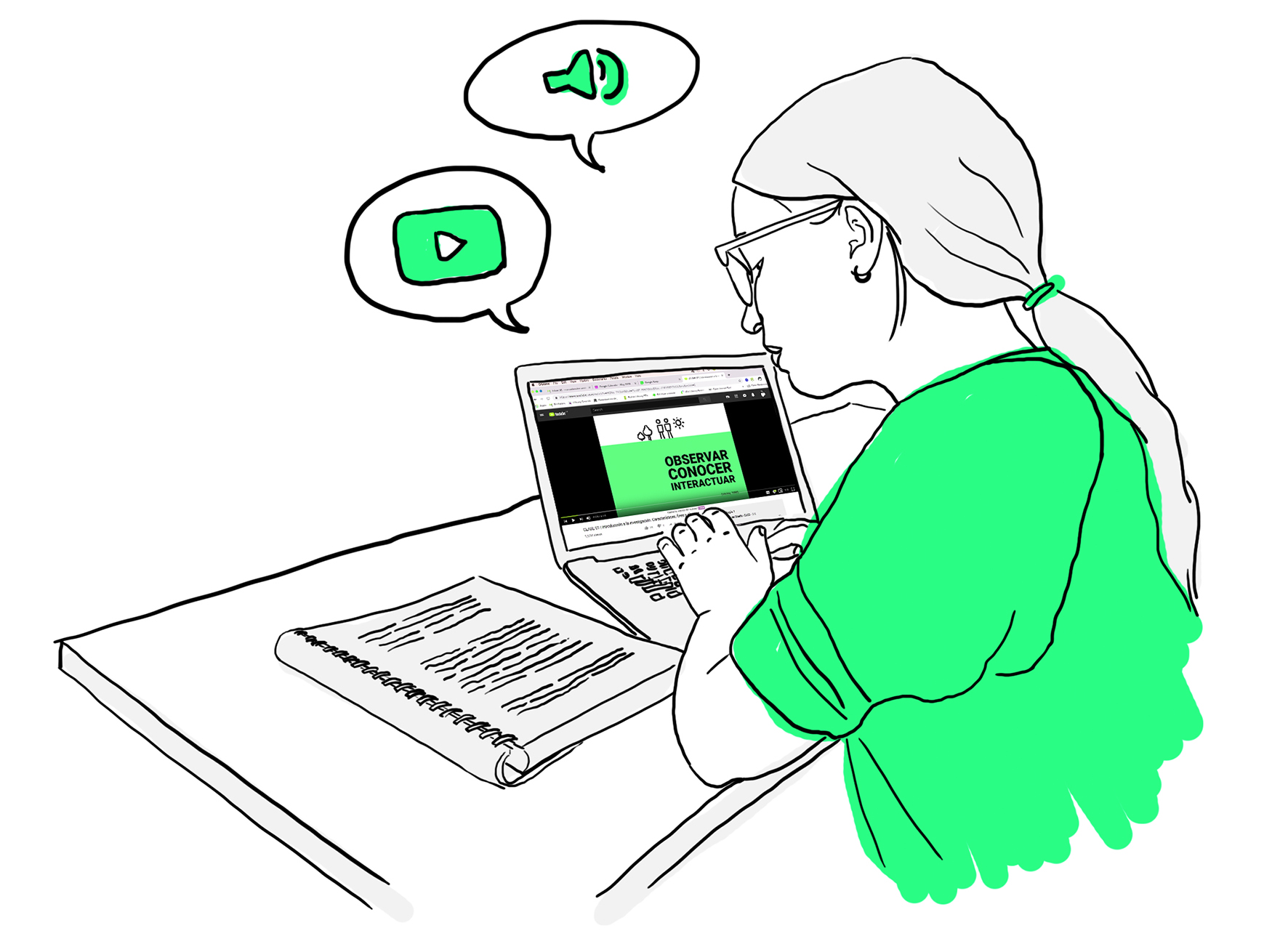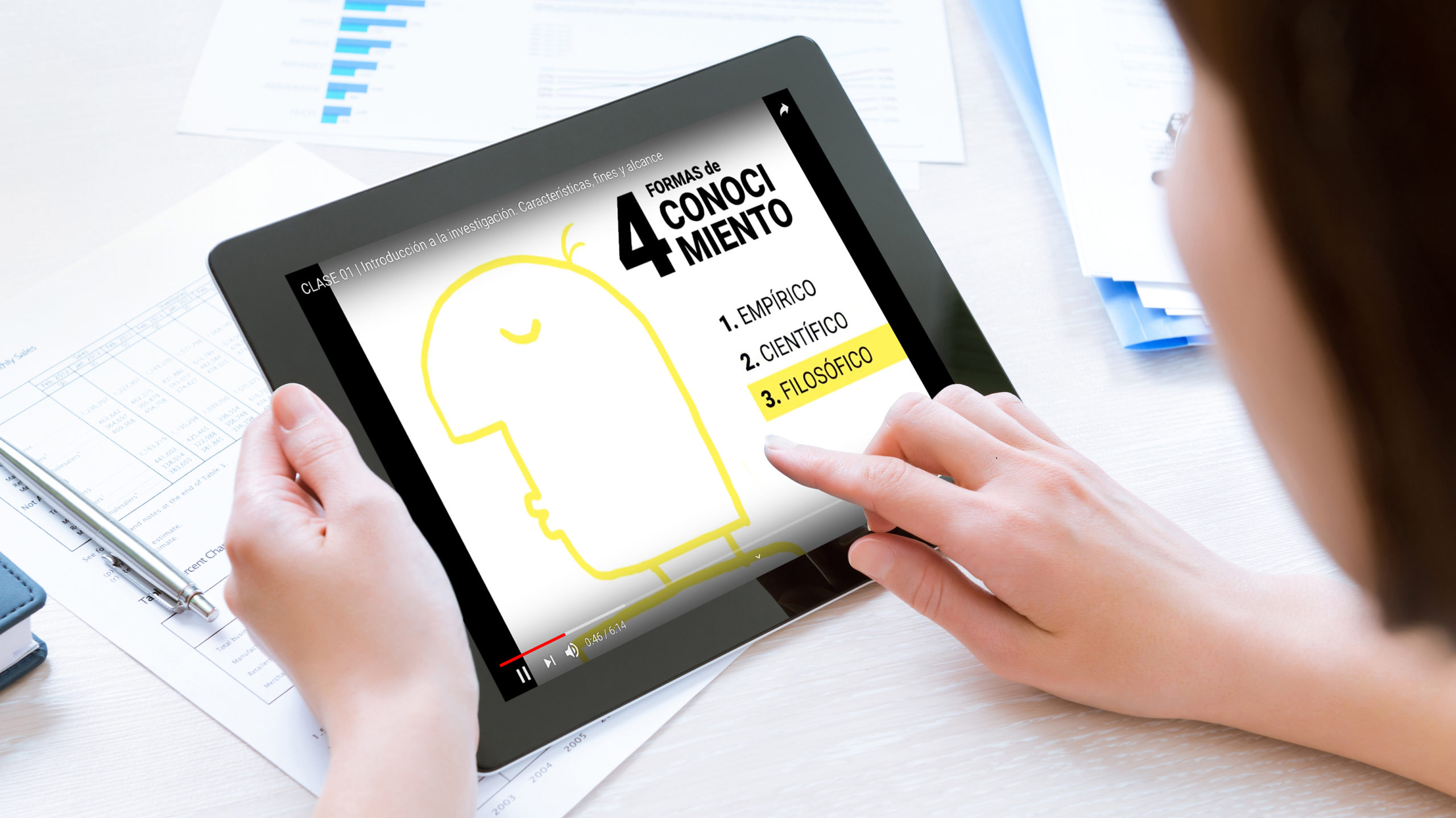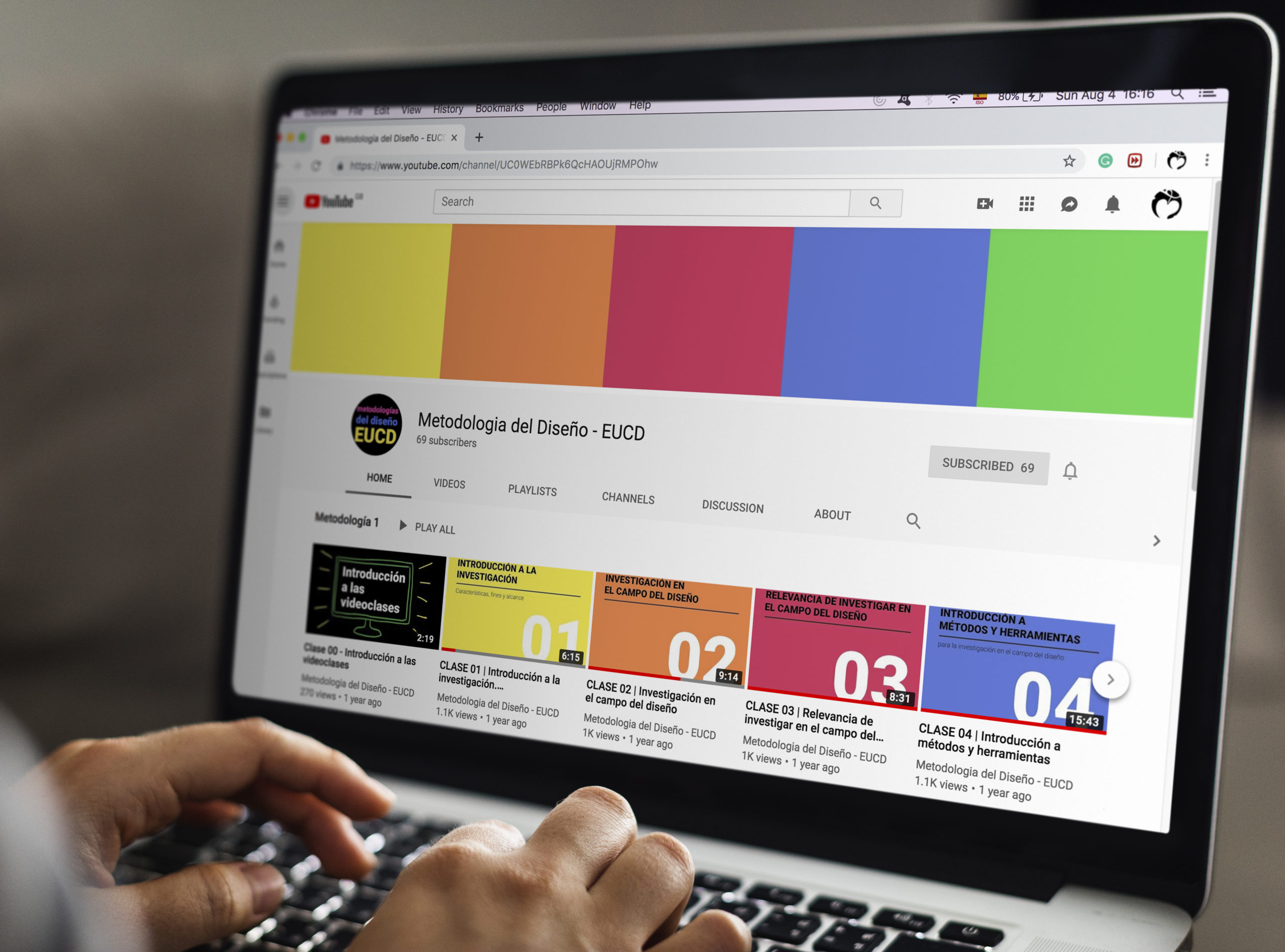The challenge.
Redesigning the delivery of design research lessons for undergrad students.
Design Research Methods is a theoretical subject in 3rd year Product and Fashion Design BAs at the University School of Design in Uruguay (EUCD, Farq, UDELAR). The problem was that those subjects delivered as traditional lectures were struggling to captivate students’ attention, impacting low attendance rates. Contrary to theoretical subjects, studio lessons had a more interactive learning-through-making approach and were experiencing significantly higher attendance rates to class.
Adding to the challenges, the content of the lessons was outdated and didn’t reflect new ideas and approaches. In 2017 I took the course as a lecturer, which allowed me to redesign its entire syllabus and delivery method. The aim was to make the lessons more inclusive and engaging for the students.

The approach.
Learning from successful delivery methods.
Before taking a lecturer position, I had been an Assistant professor in Design Research Methods for two years. In that position, I gained a deep understanding of the students’ struggle to keep up with assignments, and the professors’ struggles to maintain the lessons up to date and sustain student participation.
To develop the lessons, I approached other design lecturers to understand what was successful about their approach to teaching and what things did not work for them. Essentially, students in the design studios were more encouraged to collaborate and create within the classroom, contrasting to the lecture style of Design Research Methods.
The design solution.
A series of 5 animated video lessons, reading material and workshop exercises for undergraduate students of the Industrial Design and Fashion BA.
The video lessons cover a brief history of scientific research, an introduction to research methods and tools, research in the design field, why design research is key for the development of the discipline, a compendium of design research methods and tools, to finalised with an analysis of design research ethics.
The video lessons are 10-minutes long but packed with high-quality content, that can be watched again and again. Although the animation and illustrations are simple, they help improve content retention for students with visual memory. In addition, the videos have a voice-over that explains the concepts, as well as captions and transcriptions. These features made the course more accessible for students with visual and hearing impairments.
Furthermore, every lesson had its group workshop exercise. Students were expected to watch the videos at home and use the knowledge gathered to tackle a design challenge inside the classroom.
See the lessons here (in Spanish).
The results.
- 200+ students per academic year.
- More than 9.4K views on the YouTube Channel and 730+ hours watched after the second year of implementation.
- Increase in students’ satisfaction, promotion and participation.
- Increase in students’ understanding of the subject, which was reflected in their overall performance.

